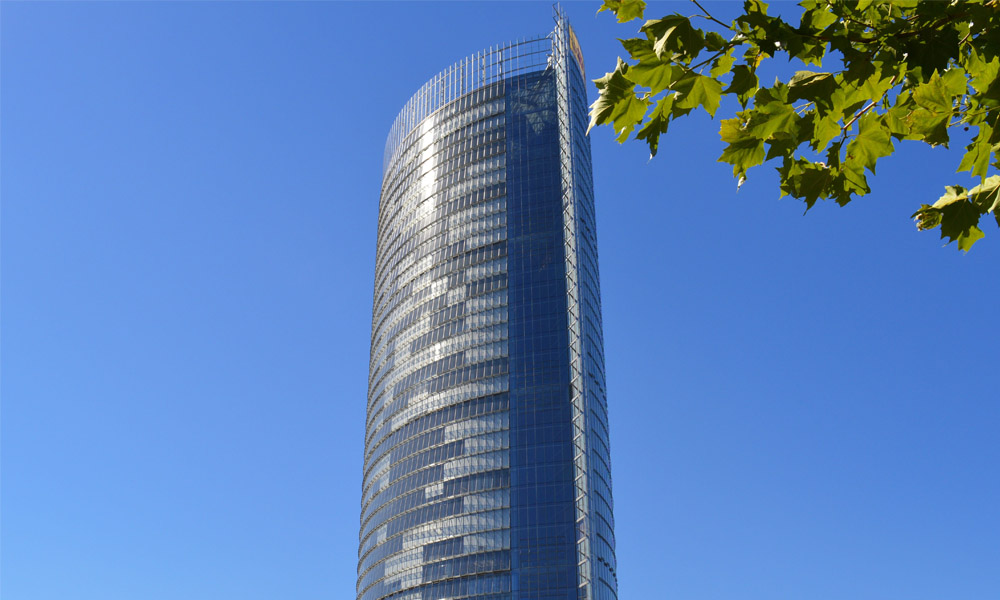

Low-E Glass in China Revolutionizing Energy Efficiency
In recent years, the construction and architecture industries have faced increased pressure to reduce energy consumption and improve sustainability. One significant innovation in this area has been the development and adoption of Low-Emissivity (Low-E) glass. This advanced glazing technology has gained traction in China, where rapid urbanization and a booming construction market demand energy-efficient solutions.
Low-E glass is designed to minimize the amount of infrared and ultraviolet radiation that can pass through the glass without compromising the amount of visible light transmitted. This is achieved by applying a thin, transparent coating that reflects heat back into the building during winter and rejects heat during summer. Consequently, Low-E glass can significantly reduce energy costs associated with heating and cooling, which is particularly valuable in China's diverse climate zones.
Low-E Glass in China Revolutionizing Energy Efficiency
China's building sector has been rapidly expanding, and with it, the demand for energy-efficient materials has soared. Low-E glass not only enhances the energy efficiency of buildings but also contributes to aesthetic appeal. Architects and designers are increasingly incorporating Low-E glass into their projects, attracted by its clear views and modern appearance. Iconic skyscrapers and residential complexes featuring Low-E glass have emerged in urban landscapes, representing a fusion of functionality and design.

Moreover, Low-E glass plays a critical role in the reduction of greenhouse gas emissions. Buildings account for a significant portion of energy use worldwide, and by improving their energy efficiency, Low-E glass can help mitigate the environmental impact of urbanization. Studies indicate that using Low-E glass can lower energy consumption by up to 30% compared to traditional glass options. In a country as populous and rapidly developing as China, this reduction is crucial in addressing broader environmental challenges.
The production and use of Low-E glass in China have also led to advancements in related industries. Domestic manufacturers have ramped up their capabilities to produce Low-E glass at competitive prices, making it more accessible. This growth has sparked innovations in manufacturing processes and technologies, resulting in higher quality products and reduced costs. As a result, more builders and developers are incorporating Low-E glass into their projects, creating a positive feedback loop that drives further adoption.
However, challenges remain in the widespread adoption of Low-E glass. Some stakeholders in the construction industry may be hesitant due to the higher initial costs compared to conventional glass. Education and awareness campaigns are essential to highlight the long-term savings and environmental benefits that Low-E glass offers. As more case studies and success stories emerge, it is likely that confidence in Low-E glass as a standard practice will grow.
In conclusion, Low-E glass is at the forefront of China's push for energy efficiency and sustainability in building design. Its ability to reduce energy consumption, enhance building aesthetics, and contribute to a greener environment makes it an invaluable asset in the modern construction landscape. As China continues to urbanize and strive for ecological responsibility, the importance of innovations like Low-E glass will only increase, paving the way for a more sustainable future. The journey of Low-E glass in China is a testament to how strategic innovation and policy can drive significant change in industrial practices, contributing to a healthier planet for generations to come.